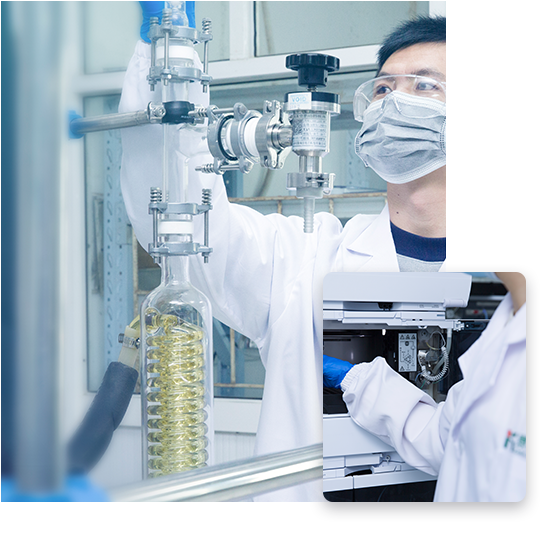
In the process of development has been to product quality management as the first priority, has gradually established and improve the quality management system, the company has obtained ISO9001:2015 quality system certification. And in the development of continuous increase in analytical instruments, equipment purchase and personnel training and other aspects of investment to improve detection technology, improve detection indicators. Each batch of products we send is accompanied by a detailed quality inspection list, including: batch number, product characteristics, purity, production date, shelf life, storage conditions, analytical data and other detailed data. It can also provide analytical inspection conditions and assist in the transfer of analytical methods when required by customers. There is a complete quality file storage system, which can realize the efficient traceability of the corresponding test data and other quality files of each batch of products.

 Scan code attention
Scan code attention